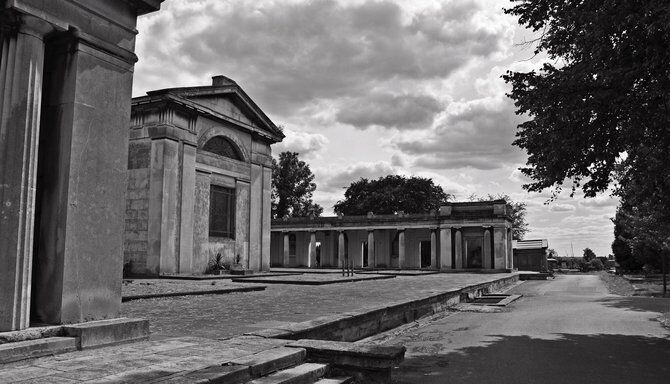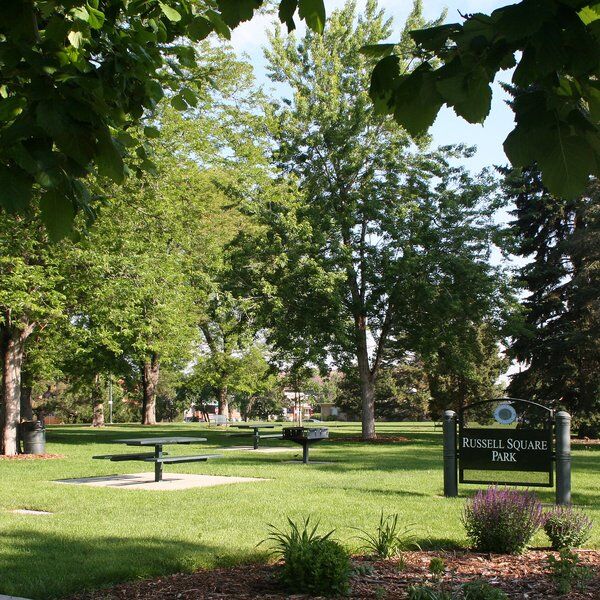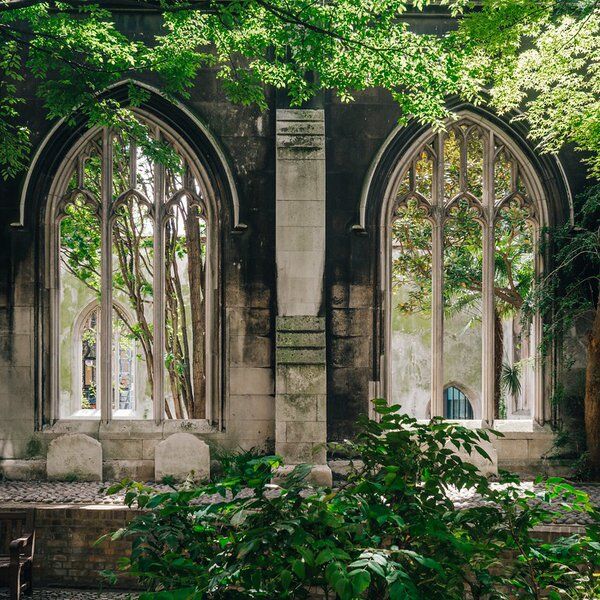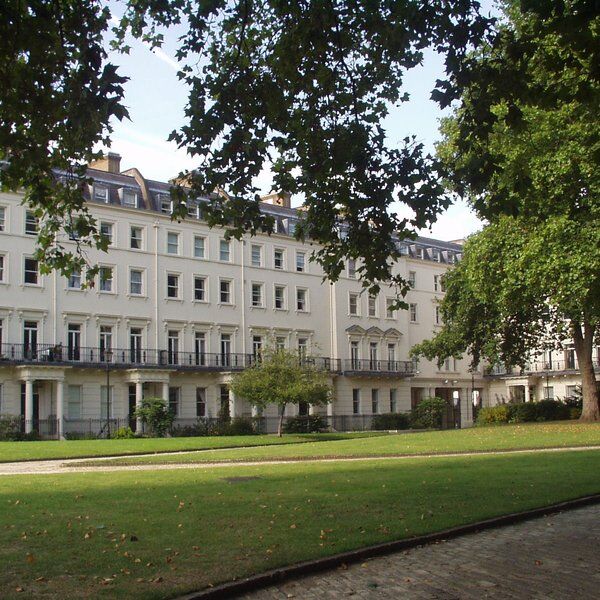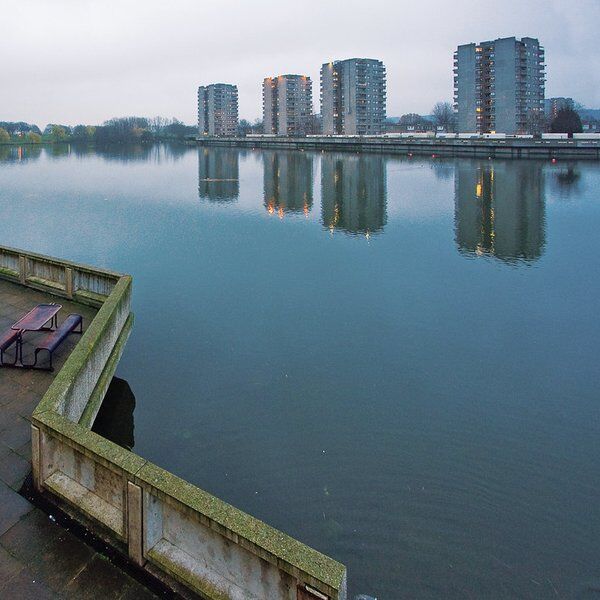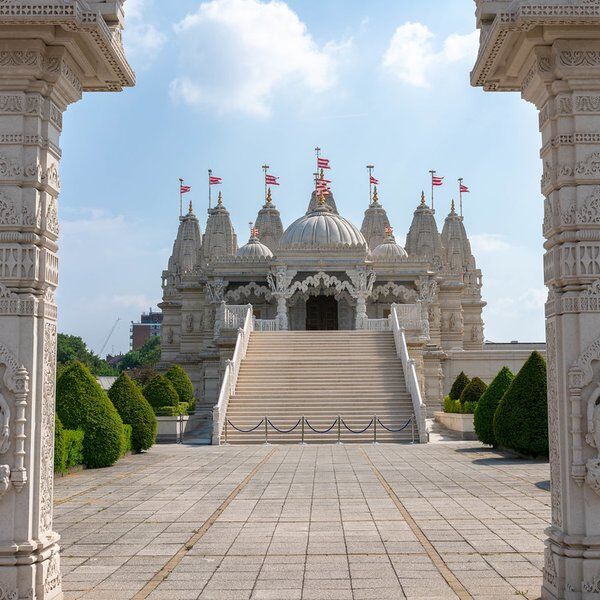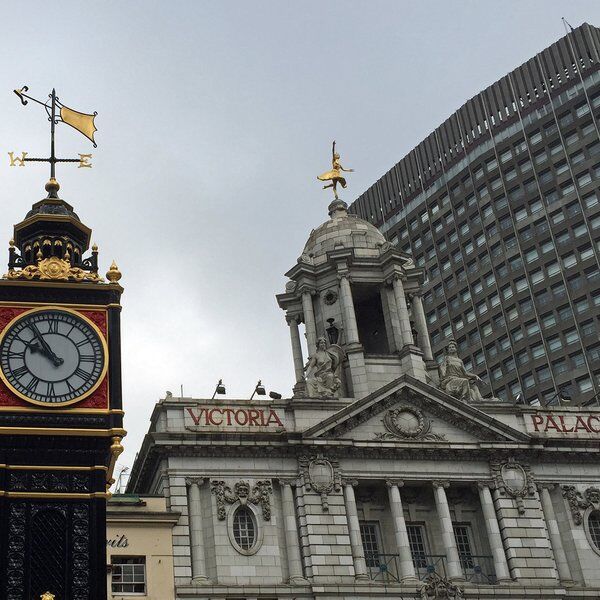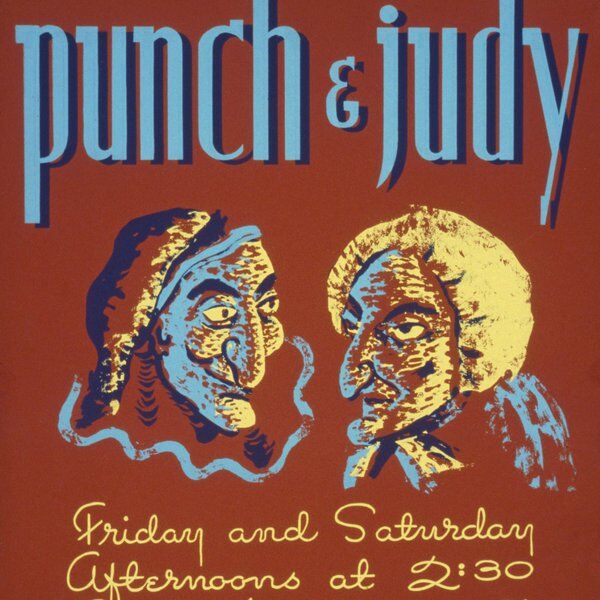Everyone has seen them: the huge stone monuments that fill old-fashioned cemeteries. They're a horror movie staple. And yet, can you imagine anyone wanting a gravestone like that today?
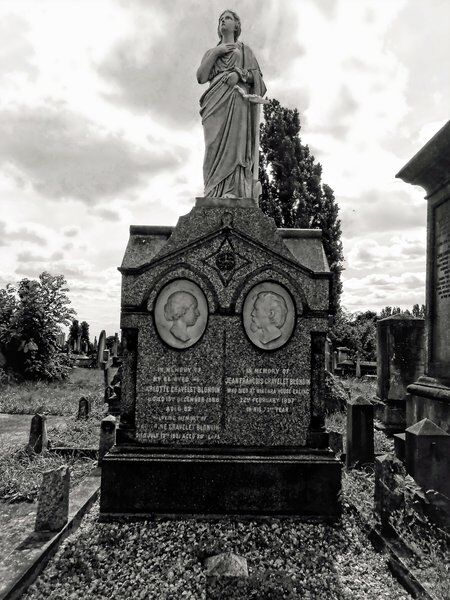
The Origins Kensal Green Cemetery
When Kensal Green Cemetery was built hings were very different. The year was 1832, London was fighting its second Cholera pandemic. Life was hard and very often short. There was no point in avoiding the thought of death, much better to learn how to embrace it.
Almost 30 years earlier, a new type of cemetery had been pioneered on the outskirts of Paris: Pere Lachaise. A world away from London's cramped and disease ridden inner-city graveyards, Pere Lachaise was grand, well landscaped, full of monuments and shady trees. A place to make death look slightly less grim.
In 1832, the City of London decided to follow in Paris' example. Kensal Green was to be the first of seven 'magnificent' garden cemetries built in the city's suburbs.
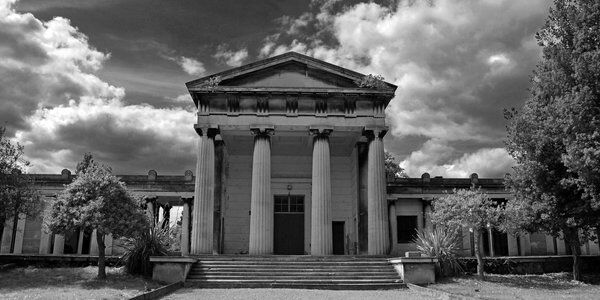
Graves At Kensal Green
This new cemetery allowed people to go out in style. They could purchase huge mausoleums and ornate gravestones, places for visitors to loiter in the shadow of their death.
In 1843, The Duke of Sussex was buried in Kensal Green, lending the place a new celebrity. Hundreds of titled aristocrats, scientists, writers, people of reknown flocked to be buried there.
Notable amongst its residents are: Anthony Trollope, author of the novel 'Vanity Fair', playwrights Terrence Rattigan and Harold Pinter, merchants W H Smith and Andrew Pears, engineer Isambard Kingdom Brunel, and part of Charles Babbage, the visionary who first conceived on the computer (the rest of Babbage, i.e. half his brain, can be seen on display at the Hunterian Museum, London.
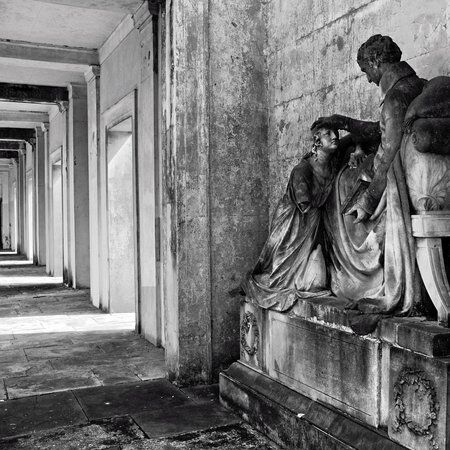
Bizarre Rituals
Of course, the Victorian fixation on death extended well beyond just mausoleums and gravestones. Some of their other rituals involved: fixed mourning periods, 'death photographs', grave bells and a whole host of superstitions.
Mourning
Mourning was a prescriptive thing in Victorian Britain. Bereaved women were to wear black, non-reflective clothes and, if mourning a husband, a 'weeping veil'. Men had to don the simpler uniform of dark suits, black gloves and cravats.
These weren't just worn to funerals, but for a fixed period of time determined by one's relationship to the deceased. Cousins were mourned for four weeks; aunts and uncles, two months; grandparents, six months; parents or children, a year; and, in the case of a widow mourning a husband, mourning clothes were to be worn for a full two years (although the second was to be spent only in 'half mourning'.)
Most shocking of all, a mourning widow wasn't supposed to go out into society except to attend church.
Death Photographs
Photographs were expensive in the Victorian Era and so reseved for special occasions, like funerals. Mourners would often get one last photo with the deceased, a memento with which to remember them by.
Grave Bells
Just in case you accidentally buried someone who was still alive, strings were tied to the fingers of corpses, on the other end, a bell, so that the corpse would have a way of informing people should it wake up.
Supersitions
Victorians had many supersitions surrounding the recently deceased, such as:
- Corpses had to be carried feet first to stop them from calling back at you to follow them into the afterlife.
- Clocks had to be stopped at the time of death and mirrors covered.
- Family photographs had to be placed face down, so as to protect funeral goers from possession.
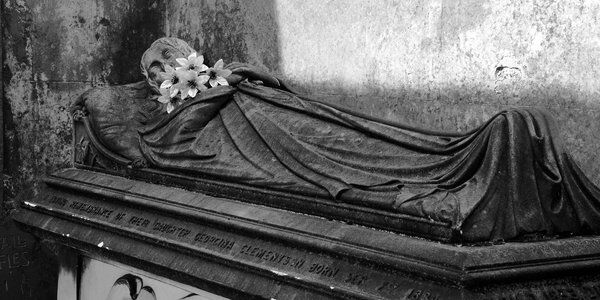
Kensal Green Cemetery Into The 20th Century
Of course, the Victorian age didn't last forever and neither did its traditions. Cemetery's like Kensal Green, and the convoluted ceremonies that surrounded them, became largely a thing of the past when, during WW1, mass death made them untenable.
Conservative headstones and cremations were much easier to implement, and they remain in vogue into the modern day.
Following the Great War, garden cemteries, like Kensal Green, were often left neglected and fell into disrepair. Kensal Green itself suffered mass bomb damage in WW2. As a result, this classic breed of Victorian cemetery is best known nowadays for its spooky, overgrown and oddly alien look.
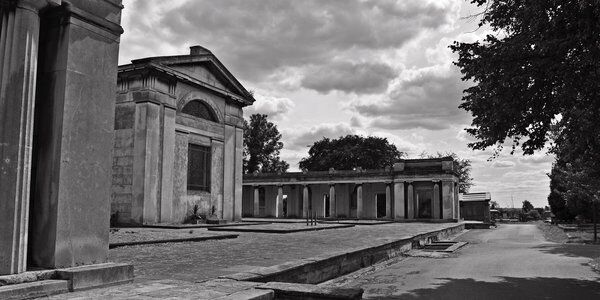
Resurrecting Kensal Green Cemetery
Recently, Kensal Green has witnessed a degree of recovery. Volunteers have worked to restore its 140 listed buildings and monuments.
It still looks creepy, as far as I am concerned, but that's part of its charm, and it doesn't prevent it from being beautiful at the same time.
Interested in finding more places like this? Try one of our Treasure Trails in London - untangle cryptic clues as a team, as you are taken on a journey to the most unique, unusual and bizarre corners of London.
